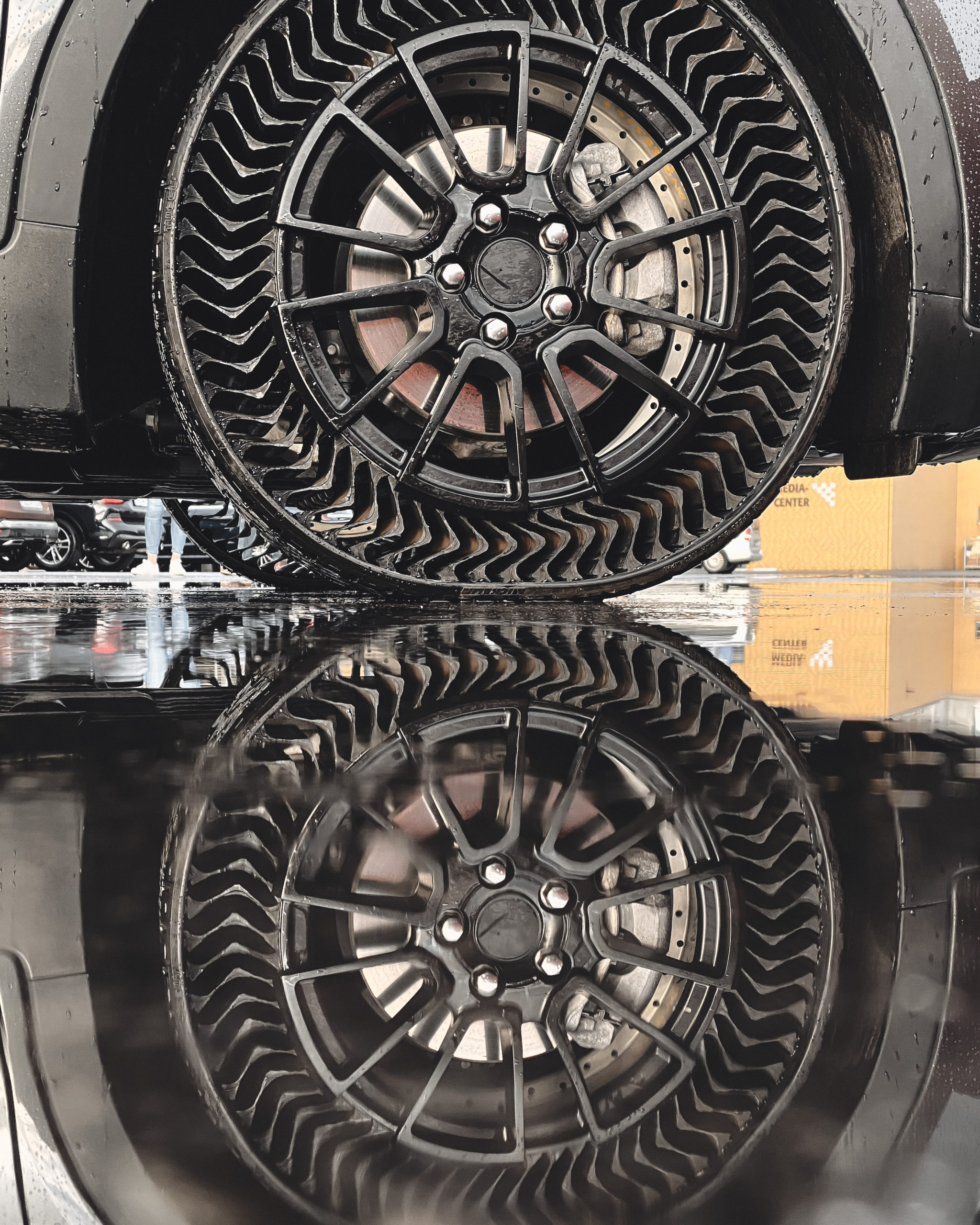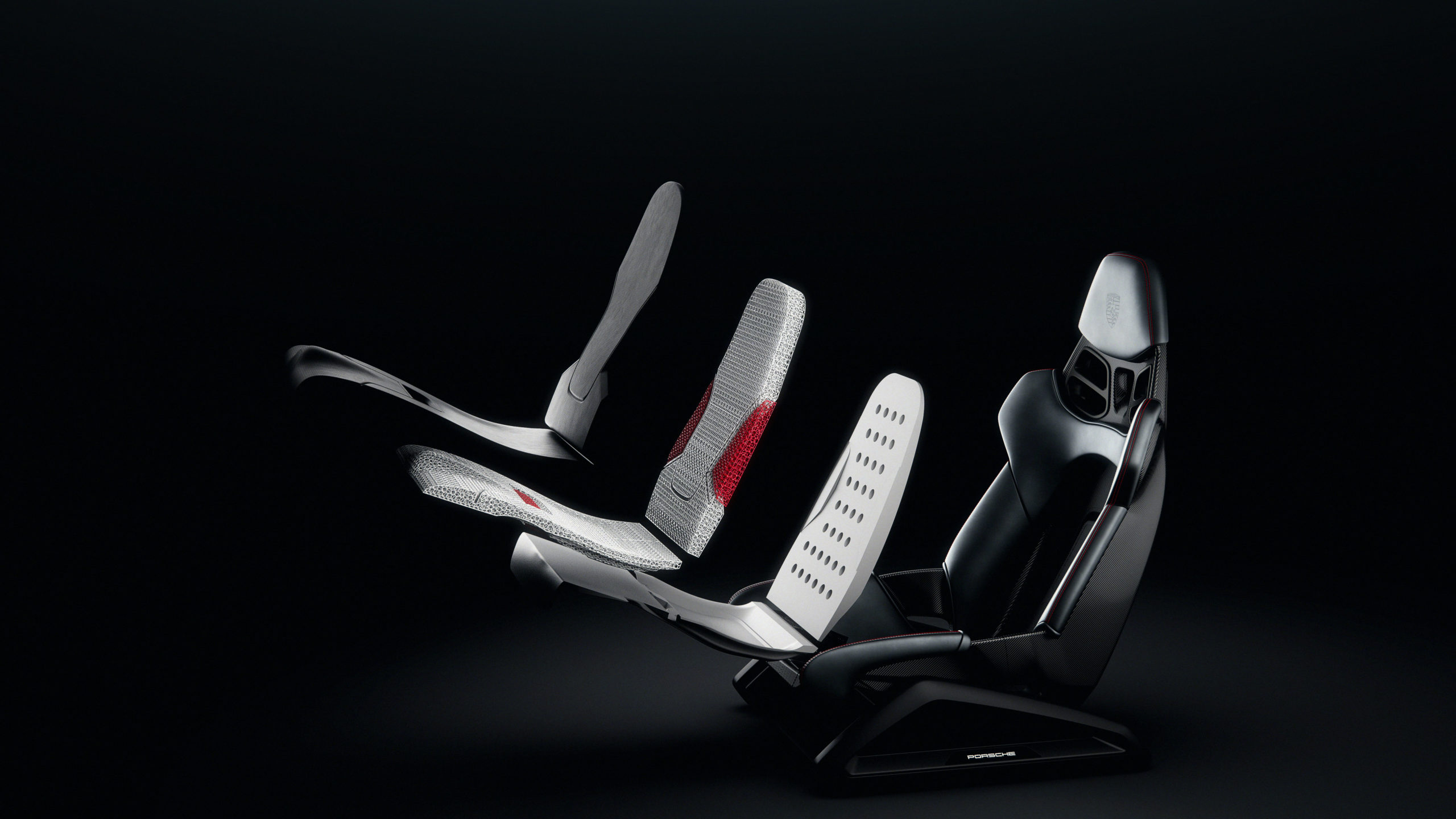3D printing in the automotive industry
Versatile application possibilities of additive manufacturing in the sector
The automotive industry is characterized by high cost pressure, which requires constant optimization of parts, products and supply chains. Additive manufacturing offers enormous potential in this respect, which the industry discovered early on and has taken advantage of. Whether for the rapid production of prototypes, the saving of time, weight and costs in the manufacture of complex parts or the individualization of the design according to customer requirements - the areas in which 3D printing is used in the automotive industry are numerous and versatile. In the following, we would like to give you an overview based on five examples.
The automotive companies listed here are just a few examples of many which will show what possibilities additive manufacturing offers the industry and how it is already being used successfully. In addition to the selected examples, there are plenty of other automotive manufacturers that use 3D printing for similar purposes. The companies are mentioned below in alphabetical order.
BMW - Prototypes and parts for exclusive models
The German company, based in Munich, has been relying on additive manufacturing since the 1990s. Especially prototypes can be produced quickly and in high quality today. But BMW also uses the technology in its exclusive models. For instance, in its new i8 Roadster plug-in hybrid sports car, where the bracket for the hood cover is additively manufactured, allowing weight to be reduced while at the same time achieving greater rigidity. Additionally, the special geometry of the part would not be feasible with traditional manufacturing processes.
All of the automaker's 3D printed parts are produced at its dedicated Additive Manufacturing Center in Munich, and more than 100,000 parts of both plastic and metal are manufactured each year. And the company also sees great potential in additive manufacturing for the future. Here, the focus is particularly on additive series production and the individualization of parts according to customer requirements.
Mercedes-Benz - 3D printed spare parts for commercial and special vehicles
At Stuttgart-based Mercedes-Benz, additive manufacturing is primarily used for the production of spare parts for Mercedes-Benz trucks and Daimler buses, for which the company relies on selective laser sintering. Since 2016, 3D printed plastic series components have been used in the spare parts business for commercial and special vehicles. For customers, this gives them the opportunity to order spare parts in small quantities, and in the bus sector the technology is now also being used to meet customers' special requests. Daimler is also currently working on the implementation of metallic 3D printing, with a first aluminum spare part for trucks already being available.

Michelin - 3D printed tires for more sustainability
Not only automotive manufacturers themselves, but also suppliers or tire manufacturers, such as the French company Michelin, are now using additive manufacturing. In collaboration with the US automotive group General Motors, the company has developed the MICHELIN Uptis (Unique Punctureproof Tire System) prototype, an airless tire manufactured using additive manufacturing technologies. The tire's airless technology can significantly reduce the risk of punctures, which in turn can reduce raw material and energy consumption for the production of replacement tires. In addition, Michelin uses sustainable materials in production and the tire's tread can be renewed using 3D printing if necessary, so the tire is generally intended to contribute to more sustainability in road traffic. While the tire has already clocked up its first kilometers on the road at the IAA 2021, the market launch is scheduled for 2024.
Picture: Michelin
Porsche - small quantities, optimized parts and individualized products
At the Stuttgart-based sports car manufacturer Porsche, additive manufacturing has already been used for several years and successfully applied in various areas. For example, the technology is used at Porsche Classic, the company's classic car division, to produce spare parts for classic cars that are needed rarely and in small quantities.
In collaboration with the supplier Mahle and the high-tech company Trumpf, Porsche has also developed special 3D printed pistons for its high-performance 911 GT2 RS. The pistons have an integrated cooling channel, are optimized according to the load and also weigh ten percent less than conventionally manufactured pistons.
And the company also relies on additive manufacturing when it comes to customized products. Namely, with the development of individualized full bucket seats, in which the center track is partly produced by means of 3D printers and for which customers can choose between different degrees of hardness. While three different road-legal seat models are currently available, the goal for the future is to offer completely personalized seats, which are then also adapted to the individual body contour of the respective customer.
Picture: Porsche

SEAT - in-house 3D printing lab for prototypes
Spanish automaker SEAT has its own 3D printing lab at the SEAT Prototype Center with a total of nine 3D printers: one each of HP Multi Jet Fusion, SLS and Polyjet printers, and six FDM printers. These printers operate around the clock and produce approximately 50 parts per day, 80 percent of which are prototypes, according to the company.
And also the production of customized tools, items for the assembly line or individualized logos for exhibition and demonstration cars takes place on site by means of 3D printing. The production of individualized and customized parts, as well as the additive manufacturing of special series and hard-to-find parts, is another area for which SEAT intends to use 3D printing to an even greater extent in the future.
Sources:
- https://www.bmw.com/de/innovation/3d-druckerei.html
- https://group.mercedes-benz.com/nachhaltigkeit/betrieblicher-umweltschutz/3d-druck.html
- https://news.michelin.de/articles/weltpremiere-michelin-uptis
- https://media.porsche.com/mediakit/porsche-innovationen
- https://www.seat-mediacenter.de/content/dam/seat-media-center/Img/de/2020/08/3D-Druck/SEAT%20Prototypen%20aus%20dem%203D-Drucker.pdf